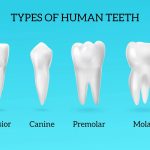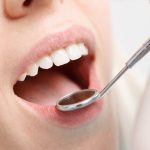
White spots on teeth can be a source of embarrassment for many individuals. They can occur due to various reasons such as poor oral hygiene, excessive intake of acidic food and drinks, and enamel hypoplasia. These spots can take away the natural beauty of your teeth and make you feel self-conscious while smiling or talking. However, the good news is that there are several ways to remove these white spots and restore the natural color of your teeth. In this article, we will discuss expert tips on how to remove white spots on teeth and get a confident smile. Maintaining good oral hygiene is the first and foremost step in preventing white spots on teeth. Regular brushing, flossing, and rinsing with mouthwash can help remove plaque and bacteria that can cause white spots. However, if you already have white spots on your teeth, there are several treatment options available. These include microabrasion, bleaching, and tooth-colored fillings. Microabrasion is a minimally invasive procedure that involves removing a thin layer of enamel to remove the white spots. Bleaching can also help remove white spots by lightening the color of the teeth. Tooth-colored fillings can be used to fill the white spots and restore the natural appearance of the teeth. In the following sections, we will discuss these treatment options in detail and provide expert tips on how to remove white spots on teeth.
White spots on teeth are small, discolored areas that appear on the surface of the enamel. These spots are usually caused by a loss of mineral content in the tooth, which can occur due to a variety of factors such as poor oral hygiene, excessive consumption of acidic foods and beverages, or the use of certain medications. They can also be a sign of early tooth decay, as the loss of minerals weakens the enamel and makes it more susceptible to decay. While white spots on teeth are not always a serious health concern, they can be unsightly and cause embarrassment for some people. Fortunately, there are several ways to remove or reduce the appearance of these spots, such as teeth whitening treatments, improving oral hygiene habits, or using remineralizing products.
If you’re someone who’s been struggling with white spots on your teeth, you’re not alone. Fortunately, there are several ways to remove them, so you don’t have to live with them forever. One option is to seek professional treatment, such as dental bonding or microabrasion. These methods are generally more effective and faster than at-home remedies. However, if you prefer a more natural approach, there are also various at-home remedies you can try, such as oil pulling, using baking soda, or applying a mixture of hydrogen peroxide and water. Whatever method you choose, always remember to maintain good oral hygiene habits to prevent white spots from forming in the first place.
Professional Treatments
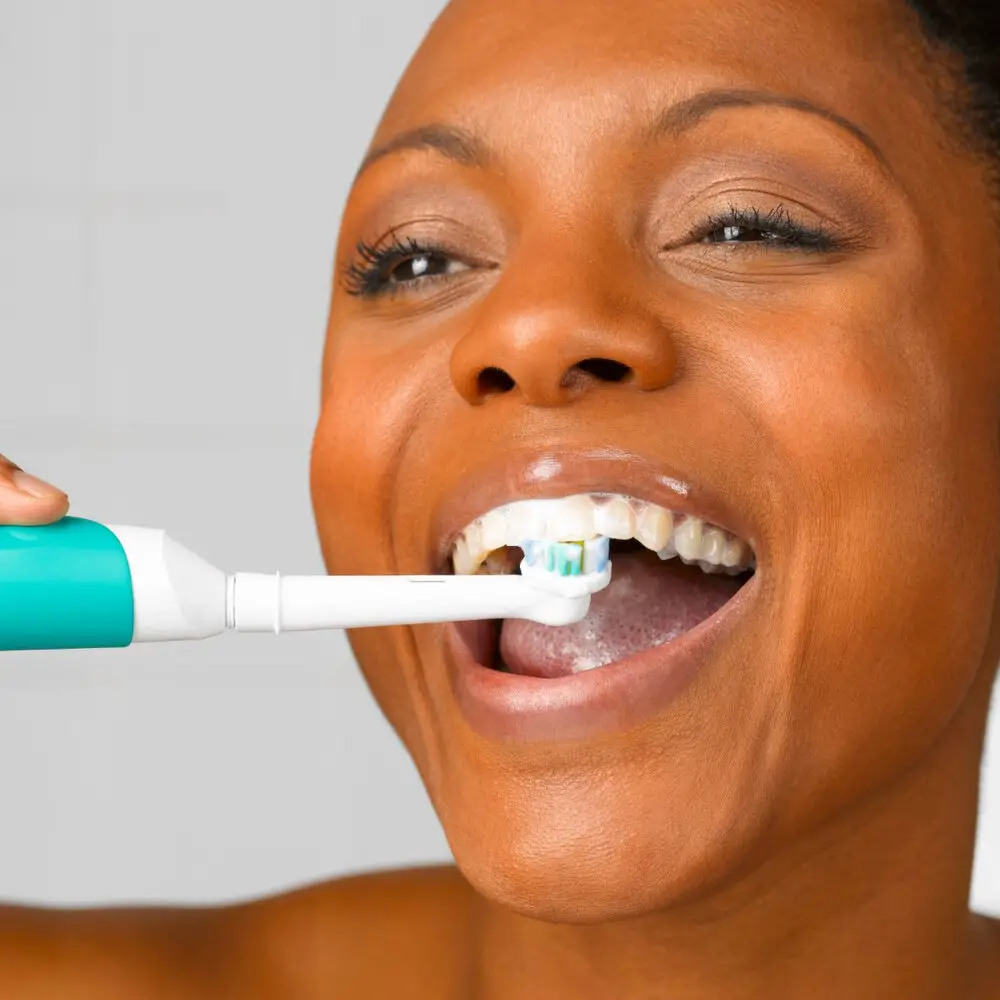
Professional treatments are an excellent solution for those who want to remove white spots on their teeth quickly and effectively. One of the most popular professional treatments is microabrasion. This procedure involves removing a thin layer of enamel from the teeth using a fine abrasive substance. This process is highly effective in removing white spots that are caused by fluorosis or other forms of enamel hypoplasia. In addition to its effectiveness, microabrasion is also relatively quick and painless, making it an excellent option for those who want to get rid of their white spots without undergoing surgery. Another professional treatment that can be used to remove white spots on teeth is dental bonding. This process involves applying a tooth-colored resin to the surface of the teeth to cover up the white spots. Dental bonding is especially effective for those who have small white spots that are not caused by enamel hypoplasia. This procedure is also relatively quick and painless and can be completed in a single visit to the dentist. However, it is important to note that dental bonding is not a permanent solution and may require touch-ups over time. Overall, professional treatments are an excellent option for those who want to remove white spots on their teeth quickly and effectively.
White spots on teeth can be an unsightly and frustrating dental issue, but there are several professional treatments available to help remove them. One such treatment is microabrasion, which involves the removal of a thin layer of enamel from the affected teeth using a mild abrasive substance. Another option is bleaching, which involves using a bleaching agent to lighten the color of the surrounding teeth and minimize the appearance of the white spots. Finally, dental bonding is a process in which a composite resin is applied to the affected teeth, filling in the white spots and creating a more uniform appearance. While each of these treatments has its own pros and cons, they all offer effective solutions for those looking to say goodbye to white spots on their teeth.
There are various treatments available to remove white spots on teeth, and each treatment works differently. Microabrasion is one of the most common treatments that involves removing the top layer of enamel using an abrasive material. This process helps to reduce the appearance of white spots and results in a smoother and more uniform tooth surface. Another treatment option is remineralization, which involves applying a mineral-rich paste to the teeth to replenish lost minerals and improve the color and texture of the tooth enamel. In some cases, dental bonding and veneers may also be used to cover up white spots and improve the appearance of teeth. Overall, the expected results of these treatments depend on the severity of the white spots and the chosen treatment method, but most patients can expect to see a significant improvement in the appearance of their teeth.
When it comes to removing white spots on teeth, there are various treatment options available, each with its own cost and potential risks. One common treatment is microabrasion, which involves the removal of the outer layer of enamel using a mild acid and abrasive material. This procedure can cost anywhere from $300 to $1,000 and may cause tooth sensitivity and enamel erosion if not done correctly. Another option is dental bonding, which involves the application of a tooth-colored resin to the affected area. This treatment can cost between $300 and $600 per tooth and may cause discoloration or chipping over time. In more severe cases, veneers or crowns may be necessary, which can cost anywhere from $500 to $2,500 per tooth and may require tooth reshaping and removal of more enamel, increasing the risk of tooth damage. It is important to discuss the potential risks and costs with a dental professional before undergoing any treatment.
AtHome Remedies

White spots on teeth can be a source of embarrassment for many people, but there are several at-home remedies that can help remove them. Oil pulling is a popular technique where oil is swished around the mouth to remove toxins and bacteria. Baking soda is another option, as it can gently scrub away surface stains. Remineralizing toothpaste can also be effective, as it contains minerals like fluoride and calcium that help strengthen enamel and restore lost minerals. While these remedies may help improve the appearance of white spots, it’s important to maintain good oral hygiene practices such as brushing twice a day, flossing, and visiting the dentist regularly.
There are various remedies to remove white spots on teeth, and each remedy works differently to achieve the desired results. For instance, using fluoride products works by remineralizing the enamel and reversing the early signs of tooth decay, which can cause white spots. Meanwhile, microabrasion involves removing a thin layer of the tooth surface to eliminate the white spots. On the other hand, teeth whitening treatments use bleach to whiten the entire tooth and remove any white spots. Lastly, dental bonding involves applying a tooth-colored resin to the tooth’s surface, which can help mask the white spots and improve the tooth’s appearance. The expected results from each remedy vary, but all aim to remove or reduce the appearance of white spots on teeth, resulting in a brighter and healthier smile.
While there are several remedies to remove white spots on teeth, each comes with its own set of potential risks. For example, using whitening toothpaste or over-the-counter whitening products too frequently can lead to tooth sensitivity and even damage the enamel. Home remedies like apple cider vinegar or baking soda can also erode the enamel if not used in moderation. Professional dental treatments like microabrasion and dental bonding come with a risk of further damage to the tooth structure or uneven coloration. It is essential to consult with a dentist before attempting any DIY remedies or undergoing professional treatments to minimize the risks and ensure the best possible outcome.
Prevention
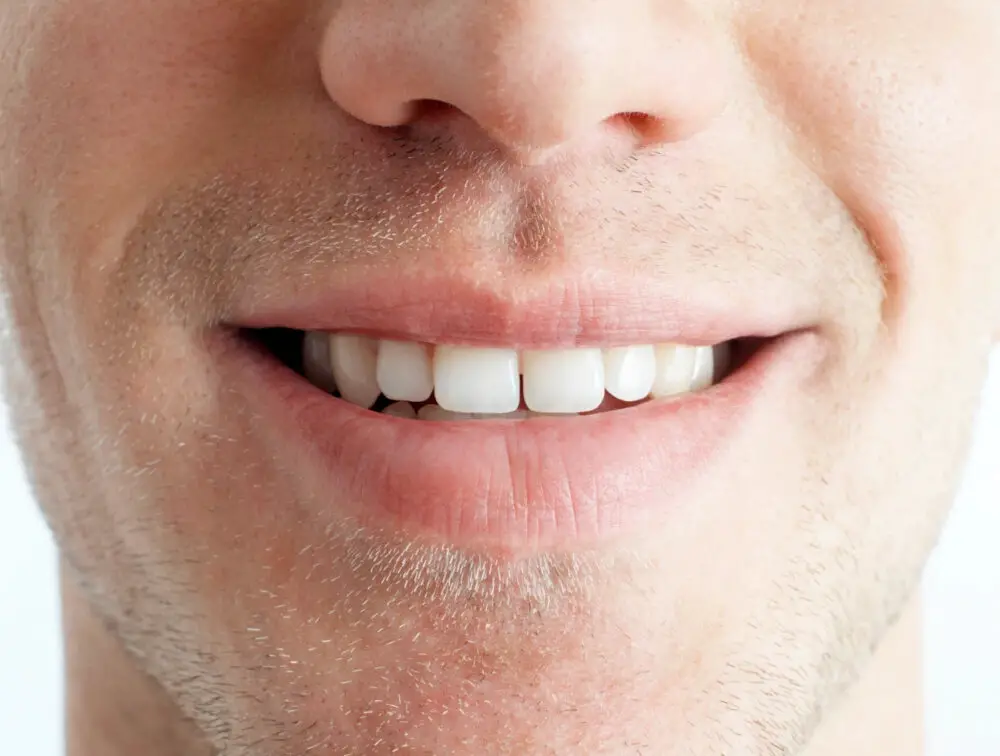
Prevention is essential when it comes to white spots on teeth. The best way to prevent them is to maintain good oral hygiene practices such as brushing and flossing regularly. Brushing your teeth twice a day with fluoride toothpaste helps to remove plaque and bacteria that can cause white spots. Flossing at least once a day helps to remove food particles and bacteria from between the teeth and along the gumline. Using mouthwash can also help to prevent white spots by killing bacteria and freshening the breath. Another way to prevent white spots on teeth is to avoid eating and drinking acidic foods and beverages. Acidic foods and drinks can erode the enamel on your teeth, making them more susceptible to white spots. If you do consume acidic foods or drinks, it’s important to rinse your mouth with water afterward to help neutralize the acid. Additionally, drinking plenty of water can also help to prevent white spots by flushing out bacteria and food particles from the mouth. By following these prevention tips, you can keep your teeth healthy and free from white spots.
White spots on teeth can be unsightly and can indicate early stages of tooth decay. Several methods can prevent white spots from forming, including good oral hygiene practices such as brushing twice a day, flossing regularly, and visiting the dentist for routine cleanings. It is also essential to avoid consuming acidic foods and drinks that can erode tooth enamel. Additionally, using fluoride toothpaste and mouthwash can help strengthen tooth enamel and protect against decay. Overall, incorporating these preventive measures into your daily routine can help maintain healthy and beautiful teeth while preventing the formation of white spots.
There are several prevention methods to get rid of white spots on teeth, and each has its way of working. Fluoride treatment is the most common method, which involves the application of fluoride on the teeth to remineralize the enamel and reduce the appearance of white spots. Another method is to maintain good oral hygiene and avoid sugary and acidic foods and drinks that can damage the enamel. Dental bonding is also an option, where the dentist applies a resin material on the white spots to match the color of the surrounding teeth. Finally, the use of dental veneers can also be an effective way to cover the white spots, and they blend seamlessly with the natural teeth, giving a beautiful and flawless appearance. Overall, these prevention methods can help to remove white spots on teeth and improve oral health.
When to See a Dentist

When it comes to maintaining good oral health, regular visits to the dentist are crucial. It is recommended to see a dentist at least twice a year, even if you don’t have any dental problems. This is because dental check-ups are not only about fixing problems, but also about preventing them. During a dental visit, the dentist will examine your teeth and gums, clean your teeth, and check for any signs of tooth decay, gum disease, or other dental issues. If any problems are detected, the dentist will recommend the appropriate treatment. By seeing a dentist regularly, you can prevent dental problems from becoming more serious and costly to treat. However, you don’t have to wait until your next dental appointment to see a dentist. If you experience any dental pain or discomfort, such as sensitivity, bleeding gums, or toothache, you should see a dentist as soon as possible. These symptoms could be signs of a dental problem that needs immediate attention. Ignoring dental problems can lead to more serious issues, such as infections, tooth loss, or even systemic health problems. Therefore, it’s important to see a dentist as soon as possible if you experience any dental issues. By doing so, you can ensure that your dental health is maintained and prevent any further complications.
White spots on teeth can be a result of various factors, including poor oral hygiene, enamel hypoplasia, or excessive fluoride intake. While some mild discoloration can be treated with at-home remedies such as oil pulling, baking soda, or remineralization toothpaste, it’s essential to see a dentist if the white spots are causing pain or discomfort. This is because the underlying cause of white spots might be a more severe dental issue that requires professional treatment. A dentist can assess the condition of your teeth and suggest the best course of treatment, which may include dental fillings, enamel microabrasion, or teeth whitening procedures. Therefore, it’s crucial to seek prompt dental care to prevent the progression of white spots and ensure optimal oral health.
Not seeing a dentist regularly can result in several potential risks. One of the most common issues is the buildup of plaque and tartar, which can lead to tooth decay and gum disease. This can cause pain, bad breath, and even tooth loss. Additionally, not addressing dental problems early on can lead to more serious and costly procedures down the line. Oral health has also been linked to overall health, so neglecting dental care can have implications beyond just the mouth. It’s essential to prioritize regular dental visits to avoid these potential risks and maintain a healthy smile.
This article provides valuable information on how to remove white spots on teeth, which can be caused by a variety of factors such as poor oral hygiene, enamel hypoplasia, or excessive fluoride consumption. The author suggests several effective methods to get rid of these unsightly spots, including using remineralizing toothpaste, undergoing microabrasion treatments, or opting for dental bonding or veneers in severe cases. It is also emphasized that maintaining a healthy dental routine, such as brushing twice a day, flossing, and avoiding sugary and acidic foods, is key to preventing white spots from forming in the first place. Overall, this article offers practical tips for anyone looking to improve their dental health and enhance the appearance of their smile.
Taking care of your teeth is paramount to maintaining a healthy and bright smile. One of the most crucial aspects of oral hygiene is preventing white spots from forming on your teeth. These spots are often caused by a loss of minerals, typically calcium and phosphate, from the tooth enamel. Poor oral hygiene, acidic and sugary foods, and certain medications can all contribute to the development of white spots. While these spots may seem minor at first, they can eventually lead to more severe dental issues such as cavities and tooth decay. Therefore, it is essential to maintain a consistent oral care routine that includes brushing twice a day, flossing daily, and visiting the dentist regularly to prevent white spots from forming and to keep your teeth healthy and strong.
If you’re experiencing white spots on your teeth, it’s time to visit a dentist. These spots can be caused by a variety of factors, such as poor oral hygiene, enamel hypoplasia, or excessive fluoride intake. While some of these causes can be addressed through changes in diet or oral care routine, a dentist can provide a more thorough evaluation and treatment plan. Ignoring white spots on your teeth can lead to further dental problems down the road, such as cavities or even tooth loss. Don’t wait until it’s too late – schedule an appointment with your dentist today to get your teeth back to their healthy, white state.
Conclusion
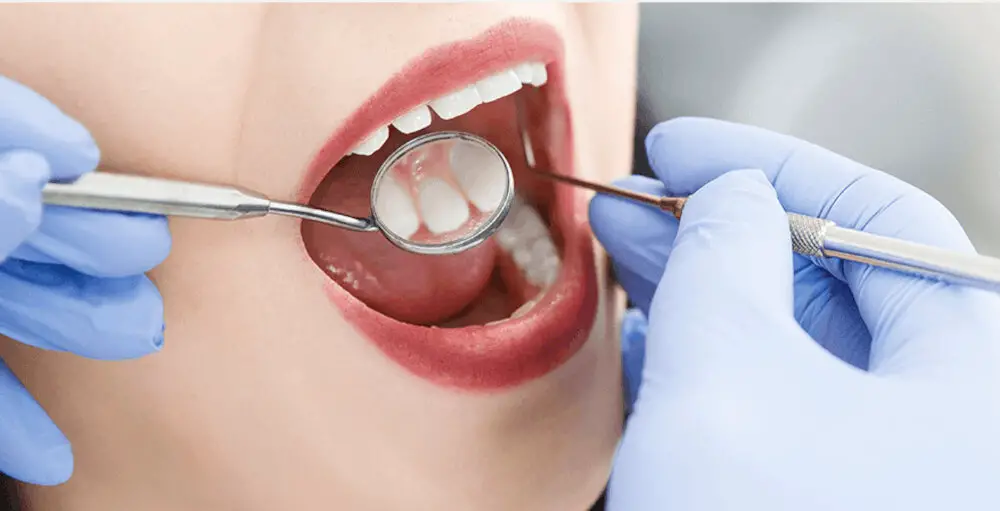
In conclusion, the presence of white spots on teeth can be a cause of concern for many individuals, impacting their self-confidence and overall oral health. However, with the help of expert tips and techniques, it is possible to remove these spots and restore the natural shine of your teeth. From maintaining a healthy diet to adopting proper oral hygiene practices and seeking professional assistance, there are various ways to combat white spots on teeth. By taking proactive steps towards your oral health, you can bid adieu to these pesky spots and enjoy a brighter, healthier smile.
